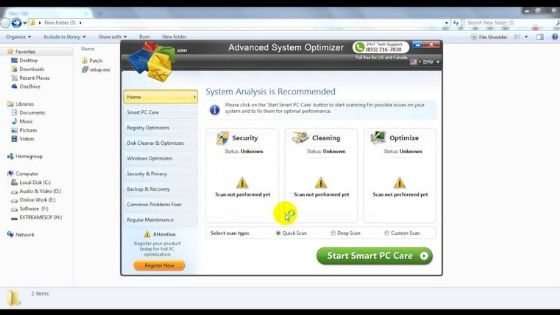
Motor: Like other handheld vacuums, computer vacuums are driven by an electric motor. A computer vacuum can be used many times before needing to be replaced, with a service life far beyond that of a disposable air canister. WasteĪnd here’s another reason to use a computer vacuum: using compressed air canisters to blow out dust and debris means you’ll be adding spent canisters to the landfill - they can’t be recycled. If you just need to clean a laptop’s keyboard and remove dust from its innards via the air vents, a smaller and less-powerful vacuum is your best bet.

If you’re cleaning dust bunnies out of neglected computer towers, that takes a tool with more power and vacuum capacity, as well as dust storage. Take into account how you’ll be using the computer vacuum, too.

You need a computer vacuum that will clear dust from the CPU interior, keyboard, or peripherals without damaging the components or hardware. Power can differ greatly between various models – higher-end models boast 4.5 amps and ample cubic feet per minute (cfm), while lower-priced vacuums may bury these stats because they don’t match the same cfm rating. Most computer vacuums are handheld units with smaller motors than household vacuums. And that’s the most important consideration when choosing to use a computer vacuum: it reduces static buildup and prevents an unintended static discharge while using it around electronics. Next thing you know, you’ve got a computer that won’t boot up. Why not just use a household vacuum to clean dust from a computer’s vents or case interior? The reason is that a regular vacuum cleaner can build up quite a static charge on the plastic nozzle during use, and that static can discharge at the worst possible moment, just as the nozzle nears a circuit board, for example.

To an inexperienced computer user, computer vacuums may seem like an odd choice. Get more cleaning options with a computer vacuum that has a two-way setting that allows you to use it as a blower, too.


 0 kommentar(er)
0 kommentar(er)
